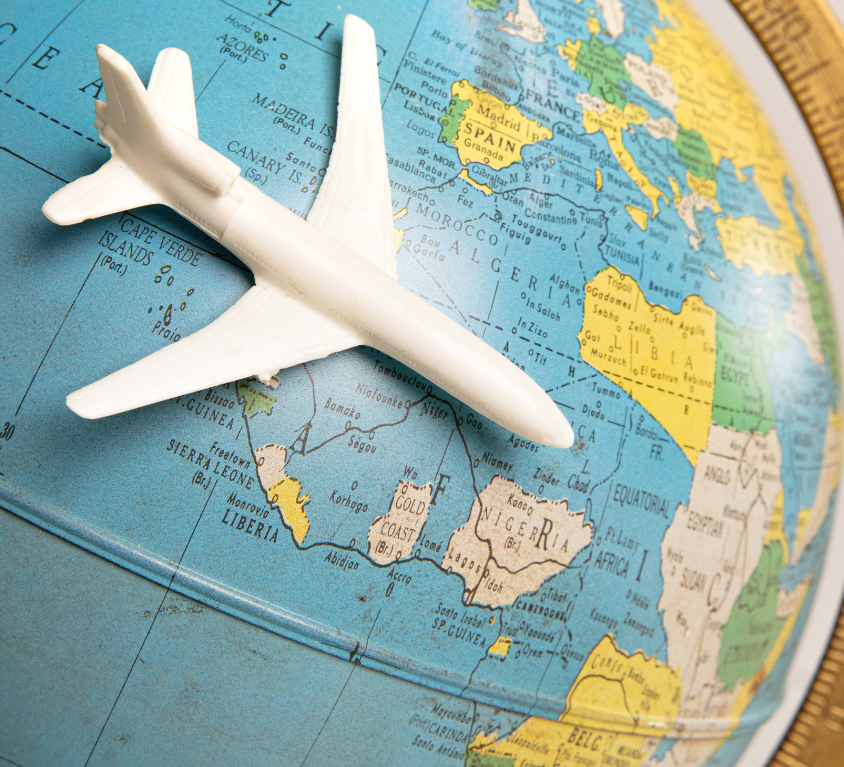Air transportation is one of the most revolutionary and rapid means of travel ever invented by humans. While today airplanes fly across continents with astonishing ease, this form of travel has evolved fascinatingly over centuries.
The beginnings of air transportation can be found in ancient legends of flight. In Greek mythology, Icarus and his son attempted to fly using wings attached with wax. However, the first documented human flight took place in 1783 when the Montgolfier brothers from France made the first flight with a hot air balloon. This marked the beginning of the modern era of air transportation.
In the 19th century, engineers and inventors began experimenting with various models of motorized airplanes. Pioneers such as Otto Lilienthal and the Wright brothers made significant contributions in this field, with the Wright Brothers conducting the first controlled powered flight in 1903. From there, the development of airplanes rapidly accelerated.
World War I was a turning point in the history of air transportation. Airplanes were extensively used for military purposes, accelerating innovation and technological development. After the war, airplanes became increasingly accessible to the general public, and the commercial aviation industry began to develop.
The 1920s and 1930s witnessed an exponential growth in commercial air travel. Companies like Pan American Airways (Pan Am) and Imperial Airways began offering transcontinental routes, opening up the world for faster and more convenient travel. However, commercial air transportation was limited by the available technology and underdeveloped infrastructure.
World War II brought new technological advances in aviation. Fighter planes and bombers were significantly developed, and the aviation industry became a driving force of technological innovation. After the war, surplus airplanes and trained pilots led to a rapid expansion of commercial air travel.
The golden age of air transportation occurred in the 1950s and 1960s. Jet airplanes became the primary form of transportation, offering higher speeds and more comfortable travel. Companies like Boeing and Douglas introduced airplanes like the Boeing 707 and Douglas DC-8, ushering in the era of intercontinental flights.
Over the following decades, air transportation continued to develop and evolve. Innovations such as double-decker airplanes, supersonic jets, and cargo planes transformed the way people and goods are transported around the world.
Today, commercial aviation is one of the most significant global industries, connecting the world in ways previous generations could not have imagined. With technologies like electric propulsion airplanes and ongoing development of air infrastructure, the future of air transportation appears to be as fascinating and promising as its past and present.










